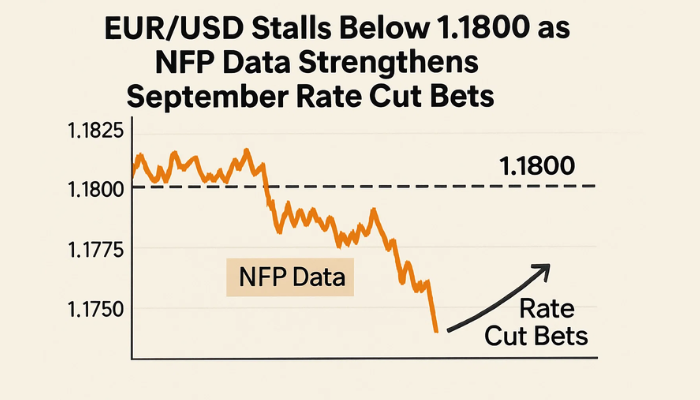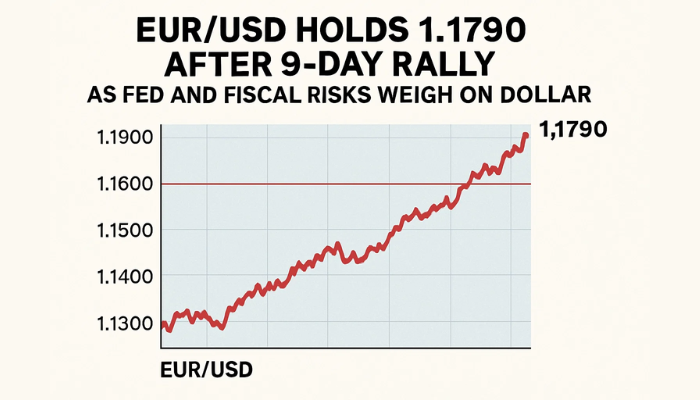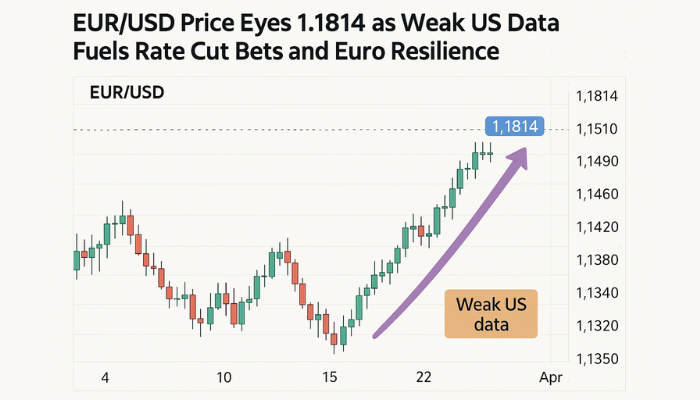Markets Got the Hint on Lower GDP from Inventories
The USD should have tumbled lower on a much softer Q1 GDP report, but gained on higher inflation numbers and other details

Yesterday the advance US GDP report for the first quarter of this year showed a slowdown which at first glance was a surprise. But the US dollar turned out stronger across the board after GDP in Q1 expanded by just 1.1% compared to 2.0% expected, down from 2.6% previously.
US Q1 Advance GDP Report

- Q1 advance GDP +1.1% vs +2.0% expected
- Final Q4 reading was +2.6% annualized
- Q3 was +3.2% annualized
Details:
- Consumer spending +3.7% vs +1.0% prior
- Consumer spending on durables +16.9% vs -1.3% prior
- GDP final sales +3.4% vs +2.3% expected
- GDP deflator +4.0% vs +3.7% expected
- Core PCE +4.9% vs +4.7% expected (4.4% prior)
- Exports +4.8% vs -3.7% prior
- Imports +2.9% vs -4.4% prior
- Business investment +0.7% vs +4.0% prior
Percentage point changes:
- Net trade added 0.11 pp to GDP vs adding 0.46 pp in Q4
- Inventories cut 2.26 pp from GDP vs adding 1.46 pp in Q4
- Govt +0.81 pp vs +0.63 pp in Q4
Inventories made a big contribution to the slowdown in the GDP which makes it seem not so bad after all. The big drag from inventories was hinted at in the wholesale inventories report yesterday, which took some of the drama away. The consensus was 2.0%, but later estimates, including the Atlanta FED GDP number, were lower, so this was not a huge surprise. If inventories did not fall, the Q1 GDP would be 2.26, or roughly 3.36%
As a result, USD/JPY turned higher after the report was released. Additionally, it can be noted that consumer numbers were strong, which is positive for the future. Another important aspect of the report was the strong underlying demand, particularly in consumer spending, which rose by 3.7%, including a 16.9% increase in spending on durable goods.
While some of this growth may not be sustainable, it is clear that the consumer sector remains robust, which aligns with what credit card companies reported in their earnings earlier this week. Finally, the upside surprise in inflation numbers, including core PCE, was also helping to boost the USD. This sent the USD higher at first, but it couldn’t not sustain the rally and risk currencies started drawing back up again. EUR/USD dipped below 1.10 for a brief moment, but then climbed back above to end the day around 1.1030.
EUR/USD Live Chart
- Check out our free forex signals
- Follow the top economic events on FX Leaders economic calendar
- Trade better, discover more Forex Trading Strategies
- Open a FREE Trading Account


